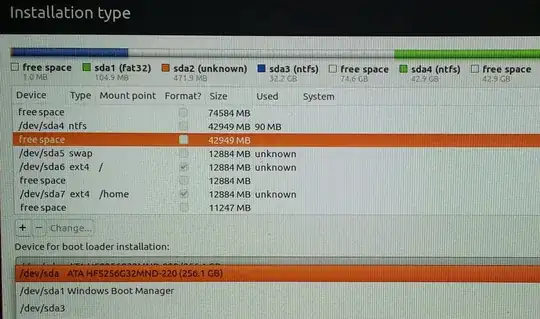I am about to install Ubuntu 16.04 on a laptop. It's an UEFI system, with Windows 10 on a GPT disk. I am doing the partitioning manually to get the partition layout I want.
I am not very familiar with UEFI systems. But judging by what I have read so far, it calls for an EFI System Partition (EFS) as the first partition on a GPT disk. Is this like a boot partition?
So should I leave it on default setting and let it install the boot loader on sda, a là MBR style? Or should I do something else here? Put it on sda1/ESP or even on a separate boot partition?
